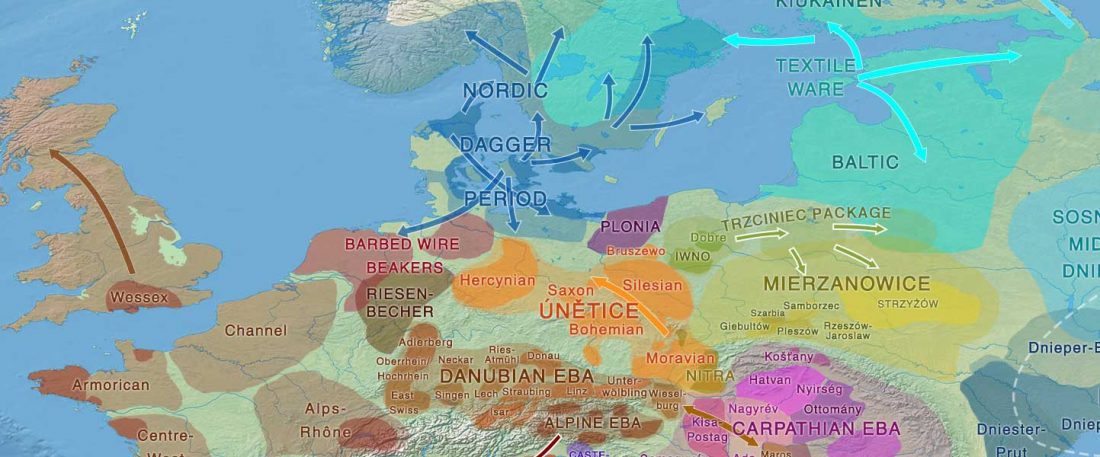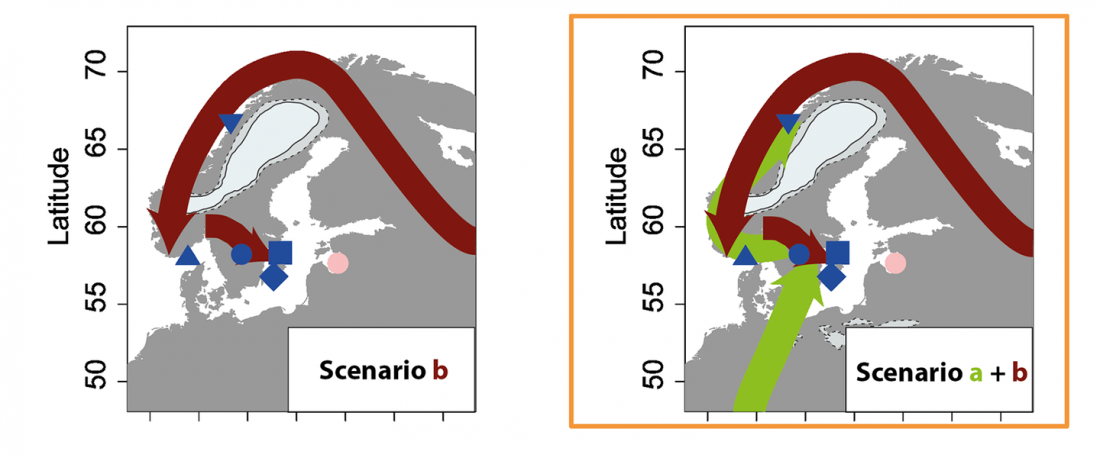New open access paper Mapping human mobility during the third and second millennia BC in present-day Denmark by Frei et al. PLOS One (2019), from the Copenhagen group (including Allentoft, Sikora, and Kristiansen) of samples whose genomic profile will probably be published soon.
Interesting excerpts (emphasis mine):
… Read the rest “Predictions about the genetic change from Single Grave to the Late Neolithic in Denmark”We present results of the largest multidisciplinary human mobility investigation to date of skeletal remains from present-day Denmark encompassing the 3rd and 2nd millennia BC. Through a multi-analytical approach based on 88 individuals from 37 different archaeological localities in which we combine strontium isotope and radiocarbon analyses together with anthropological investigations, we explore

